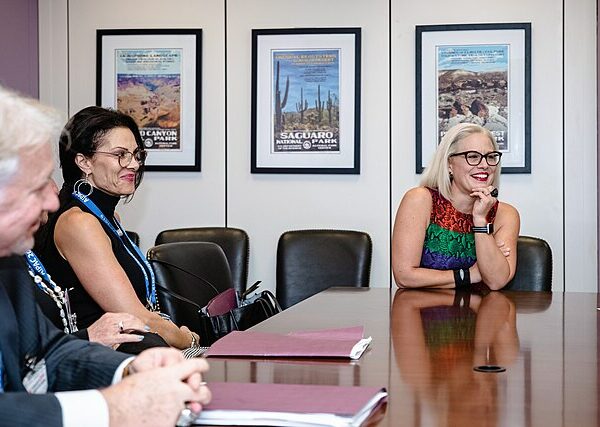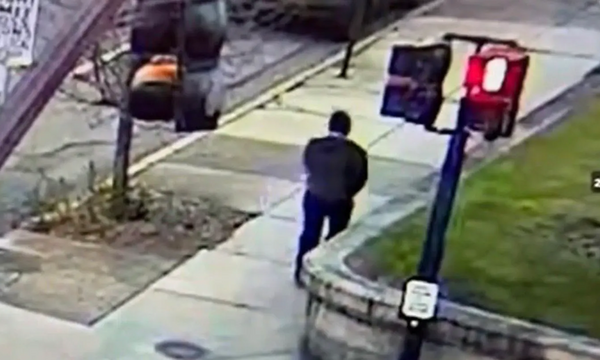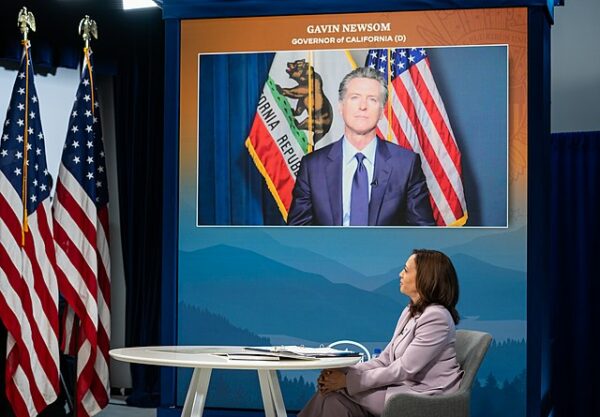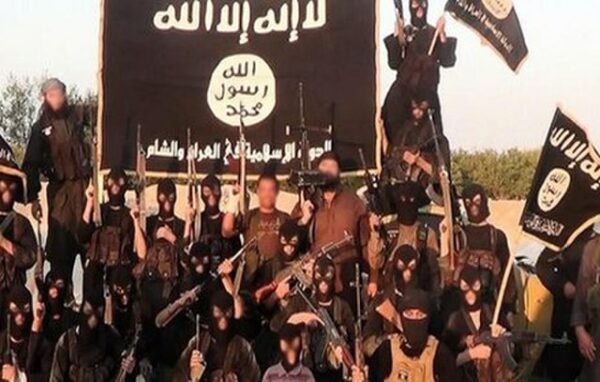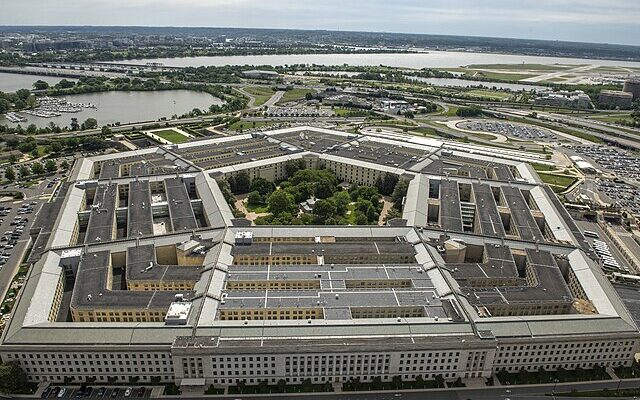
A critical communication line linking air traffic controllers at Reagan National Airport with Pentagon aviation operations has been out of service since March 2022—an astonishing failure that remained undetected for three years. The disclosure, made during a Senate hearing Wednesday by Franklin McIntosh, the FAA’s deputy head of air traffic control, has sent shockwaves through the aviation community and raised urgent questions about federal oversight of military flight activity in the nation’s capital.
The revelation comes in the aftermath of two alarming incidents: a deadly midair collision on January 29 that killed 67 people and a near-disaster on May 1 that forced commercial pilots to abort their landings. In the latter case, air traffic controllers spotted an Army helicopter circling near the Pentagon and, unable to contact military officials through the disabled hotline, were forced to rely on backup channels while rerouting two passenger jets. Only then did the FAA realize the line had gone silent, writes The Washington Post.
“We’re insisting on that line being fixed,” McIntosh told the Senate Commerce Committee. But no one from the Department of Defense has offered a timeline for the repair. FAA officials are now demanding that no Pentagon-based helicopter flights resume until the issue is resolved.
That demand comes too late for the 67 passengers and crew lost in January, when an Army Black Hawk helicopter collided with an American Airlines regional jet—an incident that prompted immediate restrictions on military chopper routes near Reagan. Yet despite those curbs, at least two Pentagon-bound flights have since used the same unsafe circling route, reigniting fears about broken communication and inadequate coordination between agencies.
Tensions between the FAA and the military have intensified in recent months. Transportation Secretary Sean Duffy has accused Pentagon officials of violating established safety protocols. Defense officials deny that claim, maintaining they followed FAA procedures. But members of the Senate, clearly frustrated by the lack of accountability, weren’t buying it. Senator Tammy Duckworth, a former Army Black Hawk pilot herself, called the administration’s complacency “inexcusable.” Senator Dan Sullivan denounced the military’s refusal to share operational details with civilian air traffic officials as “unacceptable.”
Further details from the May 1 incident only compounded concerns. McIntosh revealed that a single controller at Reagan National was responsible for both helicopter traffic and local airport operations—a dangerously overloaded arrangement that was also in place during the fatal January crash. Safety experts have long warned that such dual responsibilities leave little margin for error, particularly in the congested and restricted airspace surrounding Washington.
The announcement only reveals how cynical former Secretary Pete Buttigieg’s comments were about the accident. The former Biden official blamed Trump’s decisions with the FAA, not his own major failing, after news of the incident became widespread.
Whoops. https://t.co/WyPI07JGBS pic.twitter.com/3WiRJF5r1z
— Stephen L. Miller (@redsteeze) May 15, 2025
In response to the growing crisis, the FAA briefly considered revoking a long-standing agreement that allows Pentagon helicopters to operate in the capital region without prior civilian clearance. Though that move was ultimately shelved, the Army unit responsible for the flights voluntarily suspended operations pending a full review. Even so, McIntosh admitted the three-year communications failure revealed a serious flaw in FAA oversight: “How could we not have known?”
Veteran investigators called the lapse indefensible, noted The Washington Examiner. Scott Dunham, a retired NTSB investigator, said air traffic systems should never rely on standard phones as a primary line of defense. Jeff Guzzetti, a former FAA investigator, noted that while military missions often involve classified operations, secrecy cannot be used to shield public safety failures—especially after a tragedy of this magnitude.
As the FAA and Department of Defense trade blame, one fact remains unchanged: more than three years passed without a working hotline between the two agencies most responsible for keeping the capital’s skies safe. That silence, both literal and institutional, is now impossible to ignore.
[Read More: Democrats Say They’re For China In New Polling]

